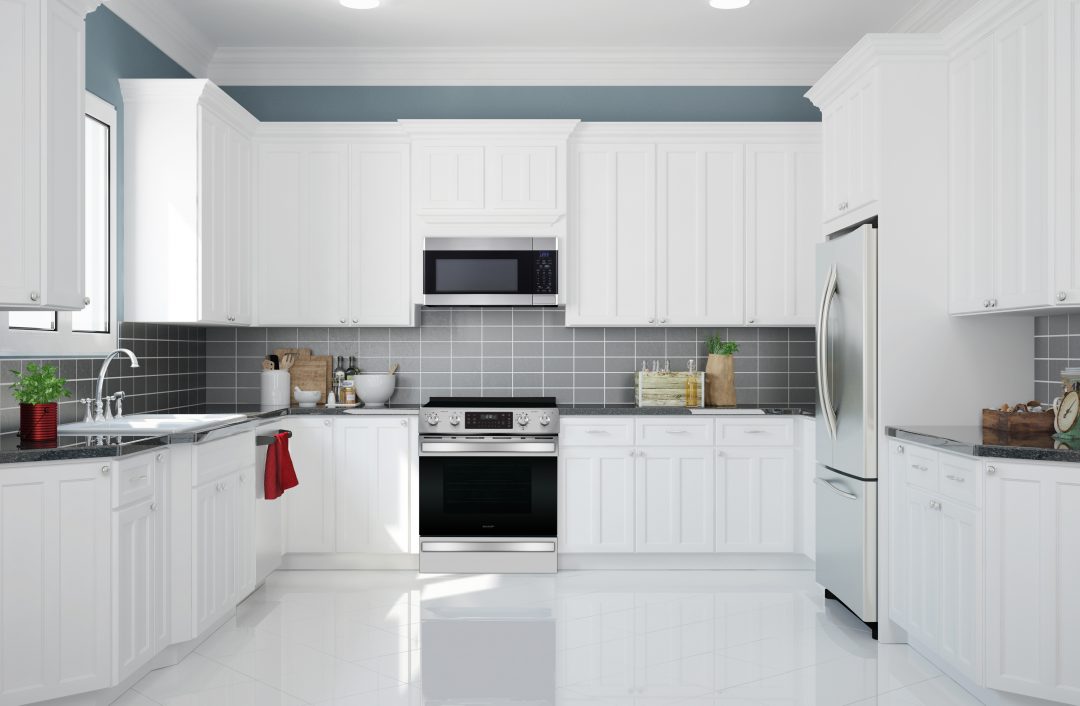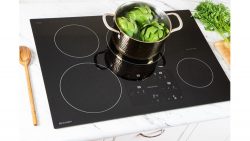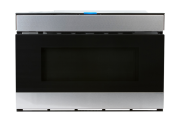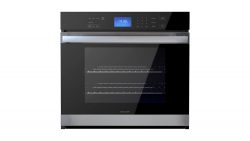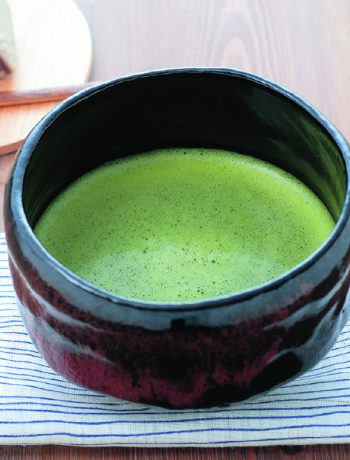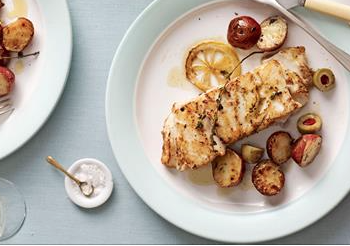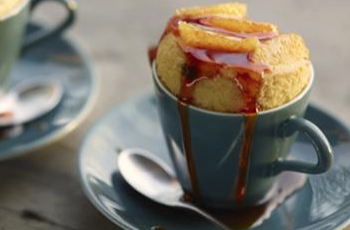Check out this article featuring Senior Vice President of Sales and Marketing, Peter Weedfald, and the Sharp Superheated Steam Oven below.
Take a step back and think about the food we all consume. The majority of what we cook and eat is comprised mainly of water and most thrive and grow in bountiful rainfalls. Think about the vineyards that absorb the moisture of a late summer evening when fog fed by ocean breezes rolls in and shrouds the hills of Napa and Sonoma counties. Or the juiciness of a ripe peach. Or how plant life and animals depend on water for survival. Not to mention that when we cook, we often use water. Poaching, simmering, boiling, blanching, braising, stewing, pot roasting, steaming and en papillote. Water plays such a fundamentally important role in our lives, especially in our kitchens, that we sometimes take it for granted.
We also take for granted what is happening to those water-based foods we put in our ovens. Traditional ovens can dry out the food, leaching out the nutrients and significantly diminishing the taste. It’s no wonder professional chefs like to rub some butter on steaks once they come out of the oven to make your first bite savory and delicious.
There is an evolution happening in our kitchens today that is dynamically changing how we think about cooking food and how to provide our families with the healthiest meals possible. And it has to do with water. From foodies to home cooks to elite name-brand chefs, we are witnessing a revolution and a revelation with the latest technology being deployed in homes and restaurants around the world. Cooking with superheated steam.
cooking with steam
Steam cooking is one of the most ancient methods used for preparing food. Archaeologists have found the chards of ceramic pots at different digs around Japan that reveal the cooking habits of the people in the Jomon period. These pots date back as far as 15,000 years to the last ice age. Some used for cooking are the earliest incarnations of what we now call the nabemono, or hot pot.
Every family made its own pots for basic needs like cooking and storage, and later with spare time, pottery with stands and other ritual vessels were produced. The Yayoi people made different types of pots for different uses. Jars for cooking, pedestaled bowls used like dishes for serving foods, and vases for storing food and water. Perforated jars were used for steaming foods such as rice and oysters.
Read the full feature at Technology Designer HERE

